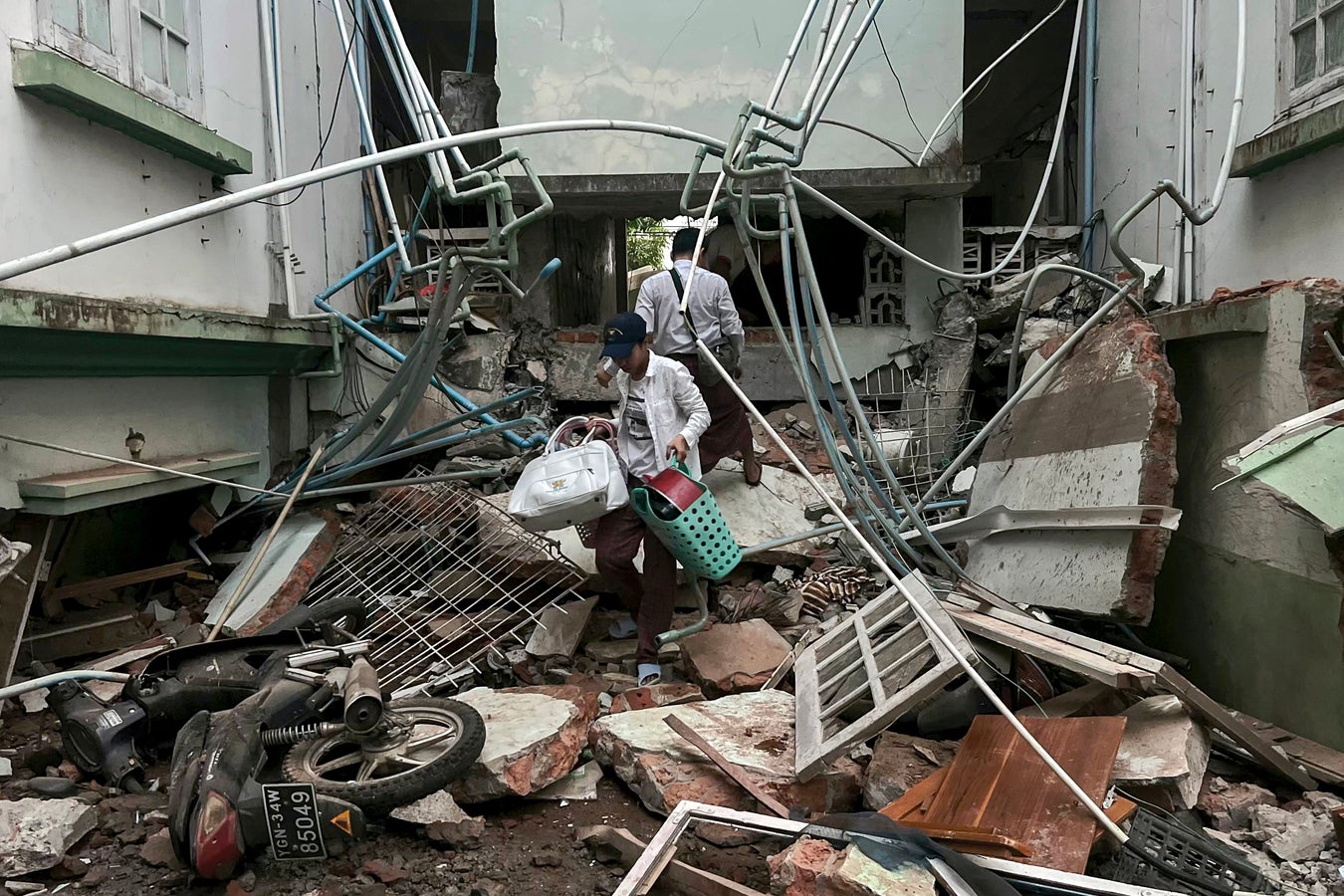 One of the key arguments in the case for fracking rests on an appeal to common sense. The hydraulic fracturing process — pushing gallons upon gallons of chemical-laden water into shale rock in order to bubble up natural gas — takes place deep in the ground, thousands of feet below the earth’s surface and thousands of feet below the shallow aquifers that provide drinking water.
One of the key arguments in the case for fracking rests on an appeal to common sense. The hydraulic fracturing process — pushing gallons upon gallons of chemical-laden water into shale rock in order to bubble up natural gas — takes place deep in the ground, thousands of feet below the earth’s surface and thousands of feet below the shallow aquifers that provide drinking water.
Given the distance between the water and the fracking fluid, there’s just no way fracking could contaminate aquifers, the gas industry and its allies argue. So many layers of rock lie between noxious fracking fluid and water that the risks of chemical-laced drinking water don’t compute.
“Any way you look at it,” one natural gas executive told Fox News, “it is hard to imagine that anything we can do at 6,500 feet would ever approach the surface.”
But a new study, published in the formidable Proceedings of the National Academy of Sciences, upends that common-sense argument. It shows that fluids may have traveled from deep within Pennsylvania’s Marcellus Shale, one of the formations at the center of the gas boom, into shallow aquifers hundreds of feet above. These fluids aren’t products of fracking, but if they can travel up through layers of rocks, close to the surface, it means that fracking fluids could, too.





 The reproductive health provider Planned Parenthood said the Trump administration would cut federal family planning funding...
The reproductive health provider Planned Parenthood said the Trump administration would cut federal family planning funding... Weather will have its own version of March Madness this weekend as yet another outbreak of...
Weather will have its own version of March Madness this weekend as yet another outbreak of... On March 28, at around midday local time, tens of millions of people in Southeast Asia...
On March 28, at around midday local time, tens of millions of people in Southeast Asia...






























